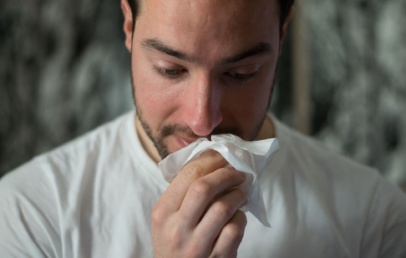
There’s a difference between covering your face, and covering your face properly.
So now that the crazy scramble to get masks from the beginning of this fun little pandemic of ours has settled a bit, people have been getting a little more creative with their face coverings. Some have been knitting them themselves, some have been re-purposing items around the house, and some don’t wear one and scream at retail employees. Don’t do that last thing. However, as important as it is to get some kind of cover over your nose and mouth, not all coverings are equally good according to a recent study from Duke University.
Duke’s study checked out 14 different kinds of common face coverings, including (but not limited to) kerchiefs, balaclavas, surgical masks, and homemade cloth masks. The actual experiment involved using a bright laser to highlight spittle droplets passing through a mask. As it turns out, a lot of matter can pass through a seemingly solid surface.

Based on the study, the most effective covering is, unsurprisingly, an N95 respirator mask, but the researchers actually recommended against using these. N95s are in short supply, and doctors and surgeons need ’em more. Putting that aside, the next best options were polypropylene surgical masks and cotton-synthetic hybrid masks. These are definitely your best choice, but they can be a bit harder to find. Homemade masks are a decent choice, though researchers recommend at least two layers of cotton, quilting fabric, or synthetic material for their construction. If all you have is a single-layer kerchief or shirt, well, it’s better than nothing.
The one thing you absolutely do not want to wear is a neck gaiter. A neck gaiter’s polyester-spandex material not only doesn’t protect you from incoming particles, it could actually increase the amount of viral particles in your immediate vicinity.
“We attribute this to … the textile breaking up those big particles into many little particles,” said study author Dr. Martin Fischer. “They tend to hang around longer in the air, they can get carried away easier in the air, so this might actually be counterproductive to wear such a mask.”
The bottom line is that you should always have some kind of covering on your face if you go out, and if you’re lacking the best options, then there are ways to improvise. As long as those ways don’t include neck gaiters.




